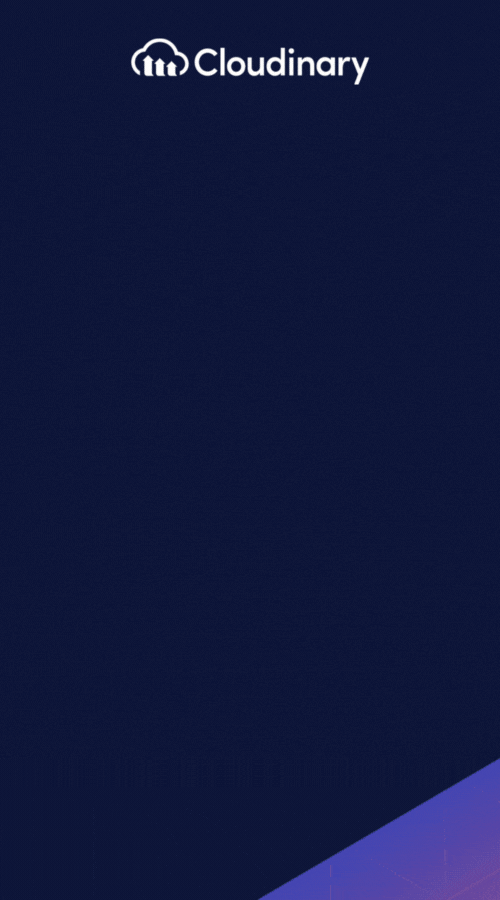What Is an OG Image?
An OG Image (Open Graph Image) is a specific image that represents a webpage when it is shared on social media platforms or messaging apps. It is defined using the og:image tag in the HTML <head> of a webpage, part of the Open Graph Protocol developed by Facebook.
When a link is shared, platforms like Facebook, LinkedIn, and X (formerly Twitter) use this image to create a rich preview, making the post more visually engaging. Without an OG image, the platform may display a random image or no image at all.
OG images are typically designed to highlight a brand, product, or message clearly and attractively. Recommended dimensions are often around 1200 x 630 pixels to ensure good display across devices.
Where Are OG Images Used?
OG images come into play whenever a URL is shared on platforms that support the Open Graph Protocol-based metadata. The most common locations for OG images are:
- Social Media Platforms: When people share a website, blog post, or product page link on platforms like Facebook, LinkedIn, or Twitter, the OG image appears as part of a preview, often accompanied by the page title and description.
- Messaging Applications: OG images can also appear when links are shared in messaging apps like WhatsApp and Slack, ensuring your link doesn’t look bare or unappealing.
- Search Engines & SEO Tools: Some search engine optimization tools suggest OG image implementation to enhance your webpage metadata and site quality for social media visibility.
How To Add an OG Image To Your Site
Adding an OG Image is simple. Follow these steps:
- Choose an Image: Create an image that’s visually clear and sized around 1200 x 630 px for optimal display.
- Upload the Image: Upload the image to your website or a reliable hosting service. Copy its full URL.
- Edit Your HTML: In your webpage’s
<head>section, add the following meta tag:
<meta property="og:image" content="https://yourwebsite.com/path-to-image.jpg" />
4. Include Other OG Tags (Optional): For better previews, add tags like:
<meta property="og:title" content="Page Title" /> <meta property="og:description" content="Short description of the page." /> <meta property="og:type" content="website" /> <meta property="og:url" content="https://yourwebsite.com/page-url" />
5. Test Your OG Image: Use tools like Meta’s Sharing Debugger to preview how your OG image appears when shared.
The Bottom Line
OG images are an essential tool for making your content stand out when shared on social media. You control how your page looks in link previews: helping to grab attention, convey your message, and drive more clicks. Without an OG image, you risk an inconsistent or unappealing appearance in shares.
Adding OG images is simple, and the benefits–improved engagement, stronger branding, and better visibility–make it well worth the effort. Whether you run a blog, business site, or online store, using OG images helps ensure your content looks great across today’s social web.
Also, you may want to try our latest background image tool converters:




